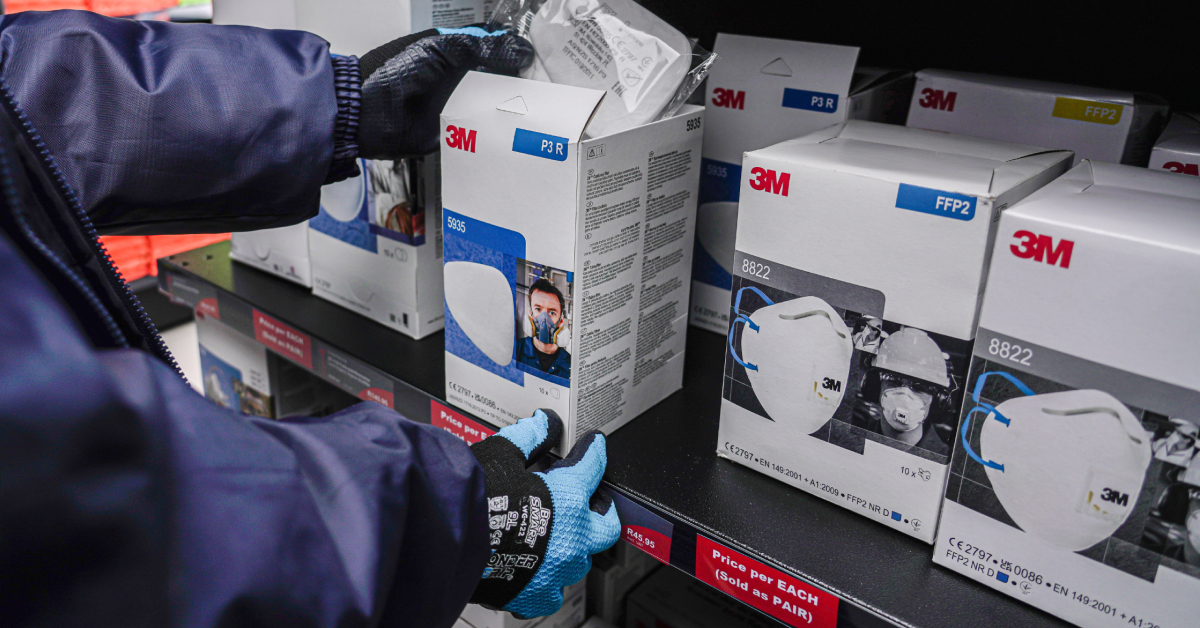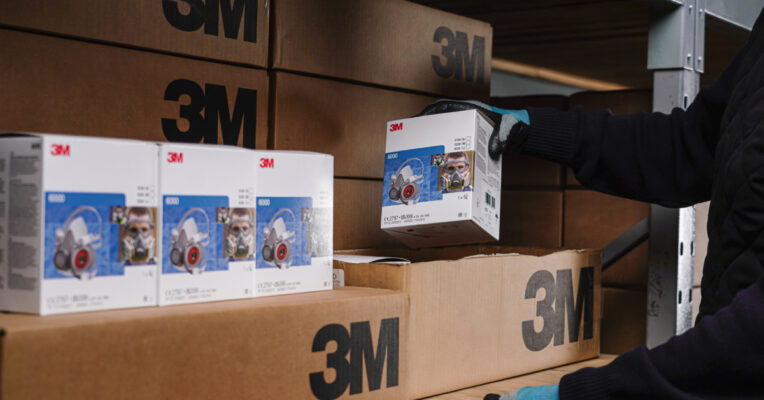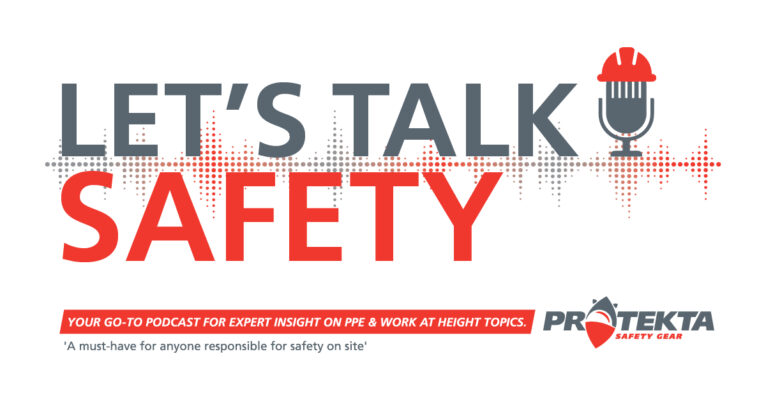General, Health and Safety, Podcast Articles, Respiratory Protection
Understanding EN 149 and Its Importance for Disposable Respirators
Selecting the right respiratory protection requires more than just choosing a mask labelled as protective; it’s about understanding the standards that define its effectiveness. EN 149, a European standard, is essential in ensuring the reliability of disposable respirators. Updated in 2009 with the EN 149+A1 amendment, this standard addresses the critical need for consistent testing and performance benchmarks.
Overview of EN 149 and Its 2009 Amendment
The EN 149 standard specifies requirements for filtering half-masks used as respiratory protective devices against particles. These masks, often referred to as FFP masks, are classified into three categories: FFP1, FFP2, and FFP3, based on their filtration efficiency.
The 2009 amendment introduced the Dolomite dust test, a key enhancement to the standard. This test assesses a respirator’s ability to withstand clogging caused by fine dust particles like Dolomite. By forcing Dolomite powder through the filter media, the test evaluates the mask’s capacity to maintain effective airflow and filtration under sustained exposure. This improvement ensures better reliability in environments with high levels of particulate matter.
Specific Testing Criteria
To comply with EN 149, disposable respirators undergo rigorous testing:
- Filter Efficiency: The mask must block a specified percentage of airborne particles. For example, FFP2 masks filter at least 94% of particles, while FFP3 masks filter 99%.
- Strap Strength: Respirator straps are subjected to tensile strength tests to ensure they remain intact during use. Breakage during wear can compromise safety.
- Resistance to Collapse: Masks are tested to ensure the cup or filter media does not collapse during prolonged use, maintaining consistent protection.
- Nose Clip Durability: Materials like aluminium or stainless steel are evaluated for robustness. In environments like underground mining, restrictions on aluminium components are strictly enforced.
- Leakage Prevention: The standard assesses the inward and outward leakage of particles to guarantee a secure fit.
Ensuring Compliance with EN 149
Compliance with EN 149 is non-negotiable for safety managers. Key steps to ensure compliance include:
- Requesting Certifications: Ensure the product comes with valid certifications and test reports that confirm compliance with EN 149+A1.
- Partnering with Reputable Suppliers: Collaborate with suppliers who provide detailed documentation and technical support.
- Verifying Homologation: For localised use, confirm that the product meets regional adaptations of the EN 149 standard.
By understanding and applying EN 149, safety managers can confidently select disposable respirators that deliver proven protection, ensuring worker safety in environments with hazardous airborne particles.
Contact us for more information on respiratory protection, or click here to explore our range of disposable face masks.
Contact Us


